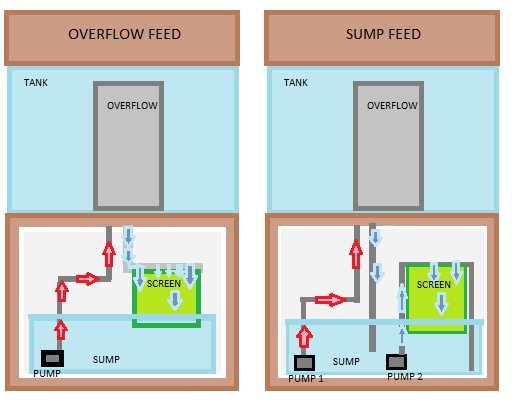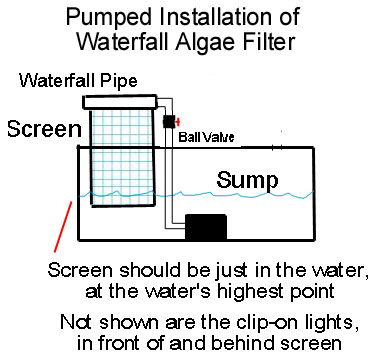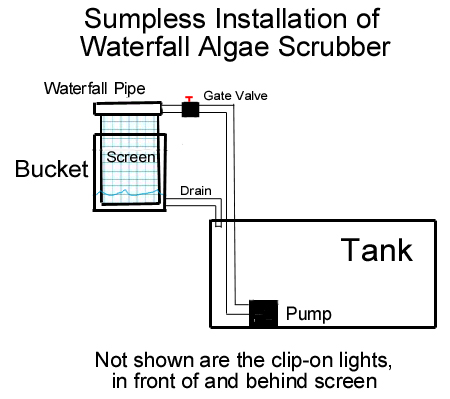Reminder Of The Day:
Yellowing of the water: This is due to cleaning or scraping the screen while the screen is still in the tank water system (i.e., "in-system"). When you break algae strands, they release their chlorophyll related chemical contents, which drain downwards. If your screen is still in-system when you clean it, it drains into your tank system water, causing yellowing. Another cause of yellowing is not cleaning your screen at all. Solution: Clean your screen at least once a week, and do it by taking it to the sink and running tap water over while you clean it.






